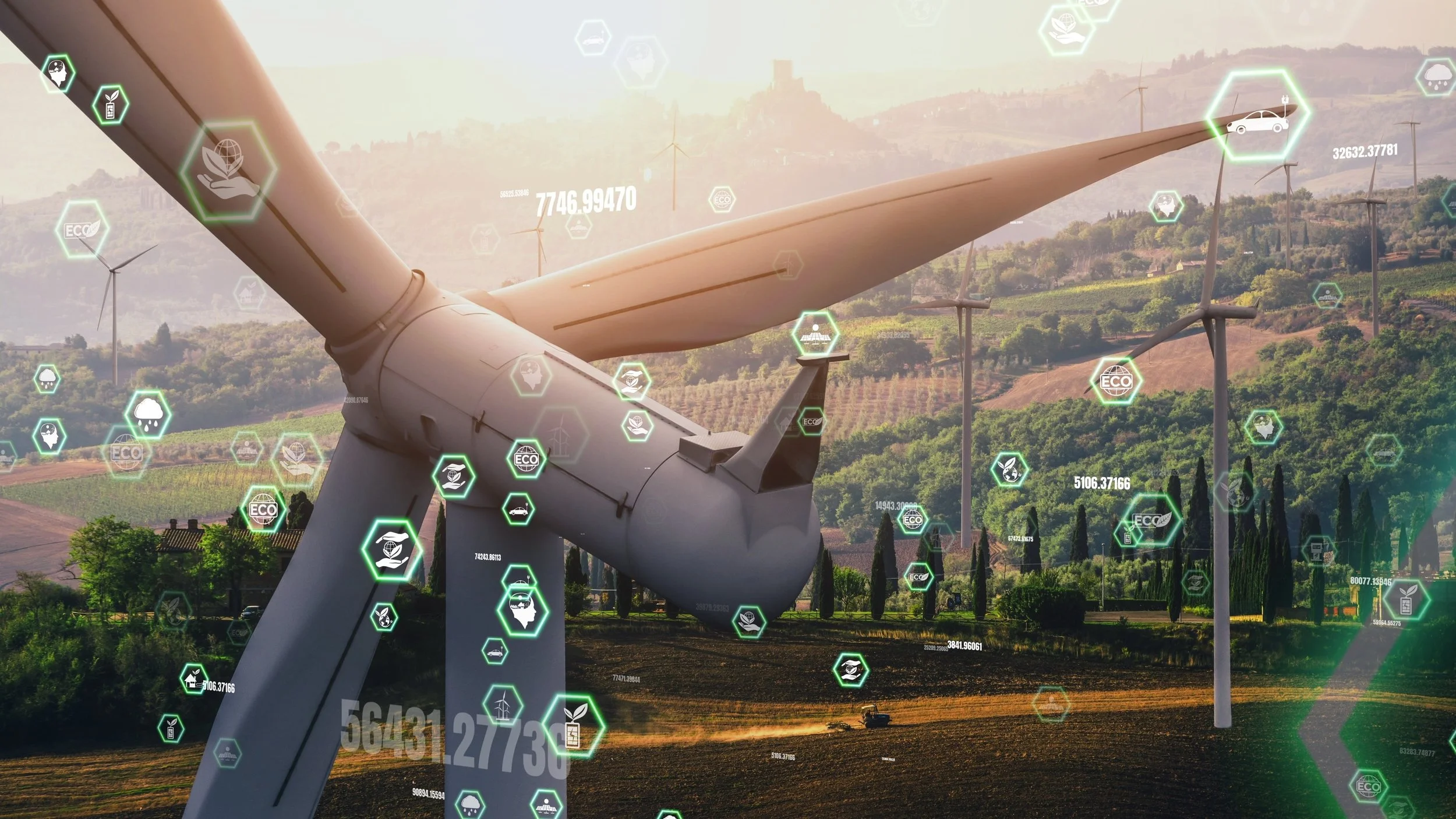Innovations in Green Power
Abstract:
Renewable energy sources, particularly solar and wind power, are at the forefront of efforts to combat climate change and reduce dependence on fossil fuels. With ongoing technological advancements and increased investment in renewable energy, solar and wind power are rapidly evolving to become more efficient, cost-effective, and accessible. This article explores the latest innovations in solar and wind energy technologies, their potential to transform the global energy landscape, and their role in creating a sustainable future. From improved efficiency in energy capture to enhanced storage solutions, solar and wind power are poised to lead the charge in the transition to a clean energy economy.
Keywords:
Renewable Energy, Solar Power, Wind Power, Energy Innovation, Clean Energy, Sustainability, Energy Storage, Technological Advancements, Climate Change, Green Energy
Introduction:
The global shift toward renewable energy has gained significant momentum in recent years, driven by the urgent need to address climate change and reduce reliance on traditional fossil fuels. Among the most prominent renewable energy sources are solar and wind power, both of which harness the Earth's natural resources to generate clean, sustainable energy. Technological advancements in these sectors are rapidly changing the way energy is produced, stored, and distributed, making them more viable and accessible than ever before. This article examines the future of solar and wind energy, highlighting the cutting-edge innovations that are driving the growth of these industries and shaping the future of global energy systems.
Main Body:
Solar Power Innovations:
Over the past decade, solar power technology has advanced significantly, making solar energy more affordable, efficient, and scalable. New developments in photovoltaic (PV) materials and solar panel designs are improving the efficiency of solar cells, allowing them to capture more sunlight and convert it into electricity. Perovskite solar cells, for example, are a promising innovation due to their high efficiency and lower production costs compared to traditional silicon-based cells. Additionally, bifacial solar panels, which capture sunlight on both sides, are improving energy yield, especially in areas with high reflectivity. Innovations in solar energy storage, such as advanced battery technologies, are also enhancing the ability to store excess energy for later use, making solar power a more reliable and consistent source of energy.Wind Power Innovations:
Wind power has also seen significant technological advancements, particularly in turbine design and efficiency. Modern wind turbines are larger, more powerful, and more efficient than ever before. Innovations such as direct-drive turbines, which eliminate the need for a gearbox, are improving the reliability and reducing maintenance costs of wind turbines. Offshore wind farms are becoming increasingly popular as they can take advantage of stronger and more consistent winds over the ocean, providing higher energy yields. Additionally, floating wind turbines, which can be placed in deeper waters than traditional fixed turbines, are expanding the geographic potential for wind energy generation. These advancements are making wind power a key player in the global transition to renewable energy.Energy Storage Solutions:
One of the main challenges of renewable energy sources like solar and wind is their intermittent nature. Energy storage technologies are critical to ensuring a reliable and consistent power supply, particularly when solar or wind resources are unavailable. Recent breakthroughs in battery storage technologies, such as lithium-ion batteries and solid-state batteries, are making it possible to store energy more efficiently and at a lower cost. Additionally, innovations in grid-scale storage solutions, including pumped hydro storage and compressed air energy storage, are helping to address the challenge of balancing supply and demand in renewable energy systems.Smart Grids and Energy Distribution:
As the share of renewable energy in the global energy mix increases, the need for smarter, more flexible energy grids becomes more critical. Smart grids use digital technology to monitor and manage the flow of electricity, allowing for more efficient distribution and integration of renewable energy sources. Innovations in smart grid technology, such as advanced sensors, real-time data analytics, and AI-powered demand response systems, enable energy providers to better predict demand, optimize energy use, and integrate distributed energy resources like solar panels and wind turbines. These technologies are crucial for ensuring that renewable energy is efficiently distributed to where it is needed most.Policy and Investment in Renewable Energy:
The future of solar and wind power will be significantly shaped by government policies, investments, and incentives. Numerous countries are establishing ambitious renewable energy targets and implementing incentives to foster the adoption of clean energy technologies. For instance, tax credits and subsidies for solar and wind energy projects are effectively reducing implementation costs, thereby enhancing accessibility for both businesses and consumers. Moreover, private sector investment in renewable energy innovation is on the rise, with companies increasingly focused on developing solutions that enhance efficiency and reduce costs. As global demand for clean energy continues to increase, the roles of policy and investment will be instrumental in accelerating the deployment of solar and wind technologies.
Conclusion:
Solar and wind power are set to play a leading role in the global energy transition, with ongoing innovations in technology making these renewable energy sources more efficient, affordable, and scalable. From advancements in solar panels and wind turbines to breakthroughs in energy storage and smart grid technology, the future of renewable energy is bright. As governments, businesses, and individuals continue to prioritize sustainability and reduce their carbon footprints, solar and wind power will remain central to the effort to combat climate change and create a more sustainable energy future. By investing in and embracing these innovations, we can build a cleaner, greener, and more resilient energy system for generations to come.
Resources:
· National Renewable Energy Laboratory – Innovations in Solar Energy: Advancing the Future of Clean Power
https://www.nrel.gov/news/program/2021/20210422.html
· Wind Europe – Offshore Wind in Europe: Innovations Driving the Industry Forward
https://windeurope.org/policy-and-issues/offshore-wind/
· International Renewable Energy Agency (IRENA) – Renewable Energy and the Future of Energy Storage
https://www.irena.org/Publications/2020/Jun/Renewable-energy-and-the-future-of-energy-storage

